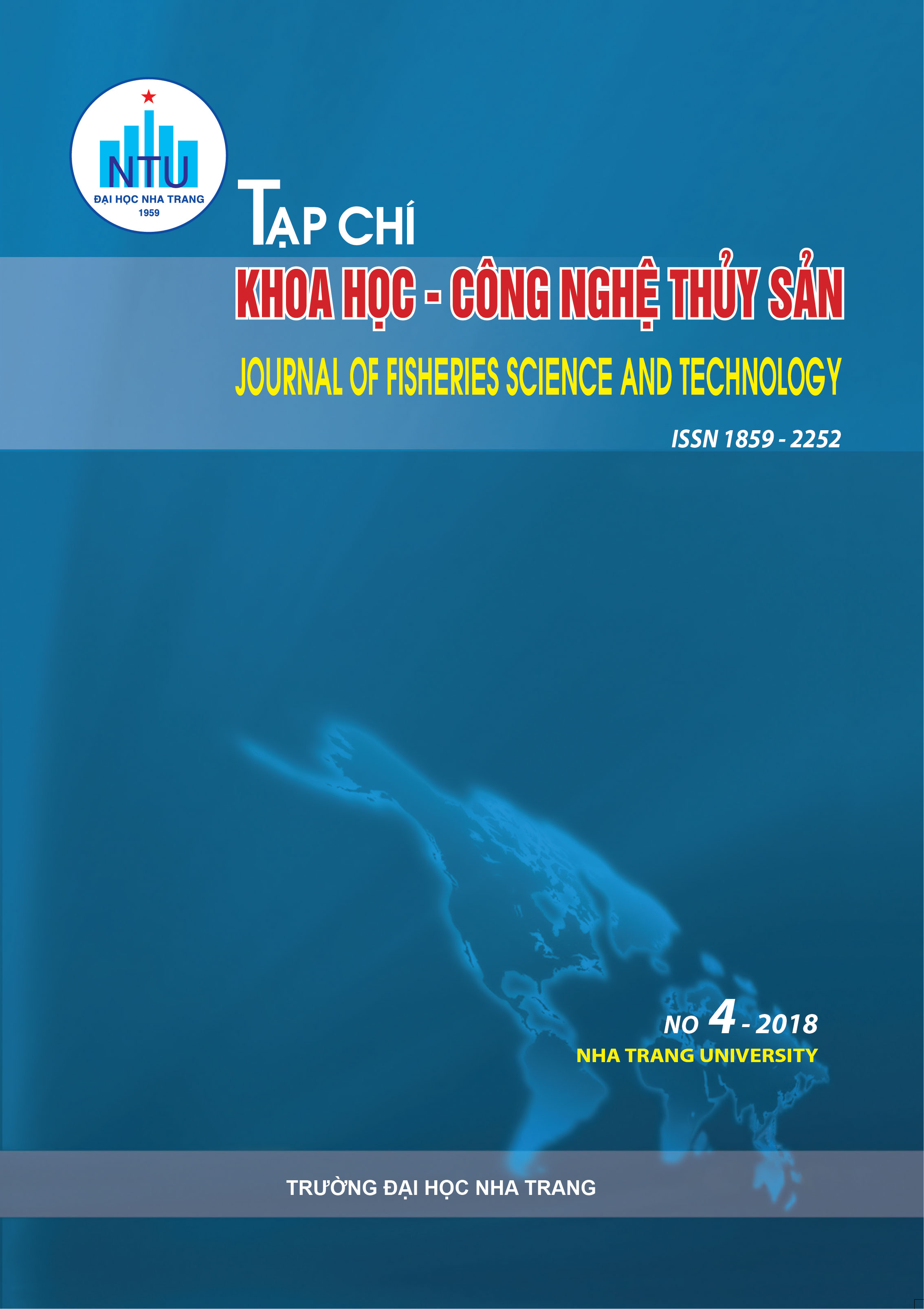##plugins.themes.huaf_theme.article.main##
Tóm tắt
In teleosts, reproductive development is a continuous process throughout ontogeny and is regulated by pituitary gonadotropins (GtHs). It has been established that fish has two distinct pituitary GtHs that parallel vertebrate follicle stimulating hormone (FSH) and luteinizing hormone (LH) with respective structural similarities. In the present study we investigated the spawning of the Golden rabbit fish Siganus guttatus after exposure to different photoperiod regimes. The role of photoperiod on spawning was studied by exposing female fish to three light regimes: 16h:8h light and dark; 16h:8h dark and light; and 24h continuous light. At every first quarter of the lunar cycle (new moon), the groups exposed to the photoperiod were induced to spawn by the injection of hCG at 2000 IU/kg fish. We observed that only 24 h exposure to continuous light induced successful spawning in female injected with hCG. Fish exposed to the other light: dark regimes could not be induced to spawn. Overall, these findings suggest that continuous light can be a triggering factor for the induction of maturation and spawning of this species under aquaculture conditions.
Keywords: Siganus guttatus, photoperiod, induced breeding, spawning.

